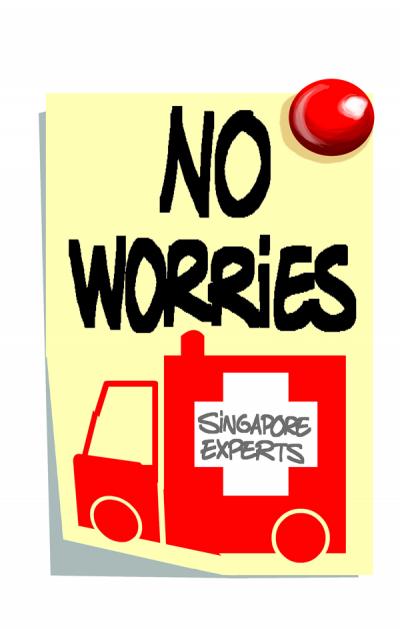I will start with some stories. The first one is the story of the Blue Mutiny or the Indigo Revolt of Bengal, of 1859 – 1862. In the 18th century, the British recognized the commercial value of indigo. They enticed the local farmers with an advance to grow it to furnish the blue dye demands of the European market. But the money farmers were left with after paying back the advance was so little that it led to the vicious cycle of less money-borrow more. The debts accumulated and their heirs inherited the debts and the mortgaged properties ! By the 1850s, their living conditions had become so critical with no food, no money and land which had become infertile, that they revolted. Many vowed never to sow a single seed of indigo. It was too late. Many of our forefathers may have left Bengal and Bihar for Mauritius during this period.
In 2002, bollworm resistant BT cotton was introduced in Maharashtra. After five years, not only was the yield back to its pre BT days, but new pests that increased the production costs had also emerged. The heavily indebted farmers borrowed more but the returns were not adequate even to cover the costs and loans. When left with few other options, many chose to commit suicide.
More recently, palm oil promised a renewable solution to the depleting fossil fuels but in the process nearly brought about severe food shortages and impelled deforestation. This deforestation not only affects biodiversity and exhausts the soil, it has also been found to be facilitating the release of carbon from peat swamps.
Each of these stories shows that the outcomes could have been different if the linear solutions had not disregarded the social, environmental and ethical implications. Such considerations become crucial for sustainable development (SD). Envisaging the system as a whole is central to any sustainable developmental initiative. Some of the core SD competencies include systemic thinking and futures thinking. We need to have a ‘helicopter view’ of how the system operates and what happens when one part is altered.
Brundtland Commission (1987) defined sustainable development as that which “meets the needs of the present without compromising the ability of future generations to meet their own needs.” In most cases, the consequences of our actions are manifesting themselves within the same generation.
Mauritius as a Small Developing Island State is more vulnerable to climate changes and to food and fuel crises to which it may not have contributed in any significant manner.
In the last six years we have experienced floods and severe drought. Rains would continue to fall but not as we desire. Nor can we stop development. We cannot also hide behind the argument that this happens in other countries also. But we can decide where the excess water goes or how to conserve it for dry periods. We can plan how to face the imminent challenges.
Such resolves place unavoidable responsibility on us. How do we educate ourselves and our children ? In the context of the United Nation’s Decade of Education for Sustainable Development (ESD) (2005-2014), UNESCO situates our ESD responsibility, “Building the capacity for such future-oriented thinking is a key task of education and training.”
Obviously, the emphasis is on developing the higher order abilities crucial for sound decision-making. Sustainable development goes beyond composting, organic foods and other green initiatives.
Mauritius is not new to such challenges. In its short history, with human resources as its key asset, it has shown remarkable growth and development in various sectors. This success, endorsed by international surveys and rankings, has resulted in complacency and arrogance. Thus there is a need to take stock, refocus, seriously take up the challenge of building a Maurice Ile Durable and stop being satisfied with mere lip service to the concept.
Maurice Ile Durable : Which way now ?
- Publicité -
EN CONTINU ↻


